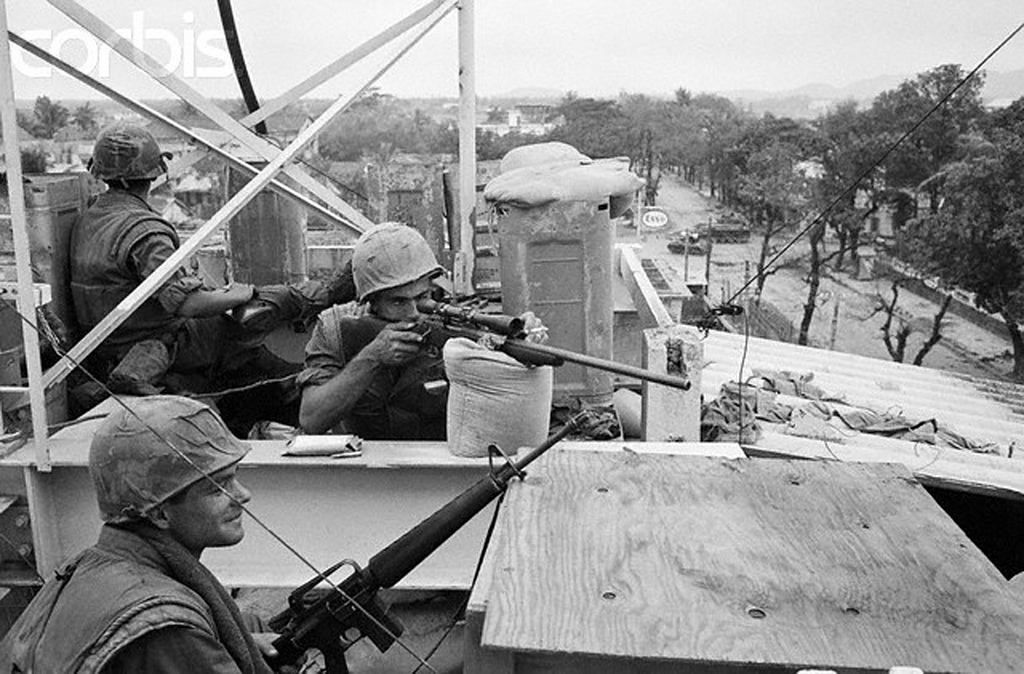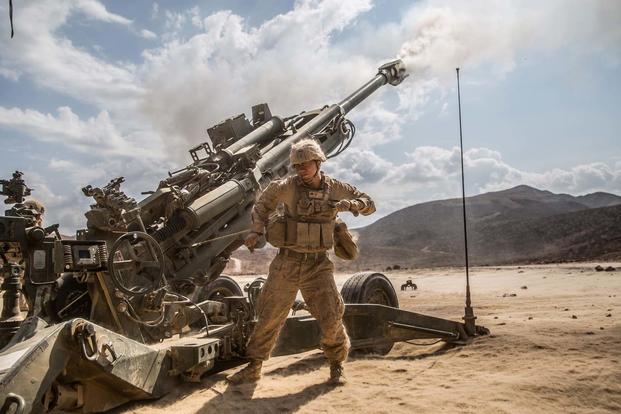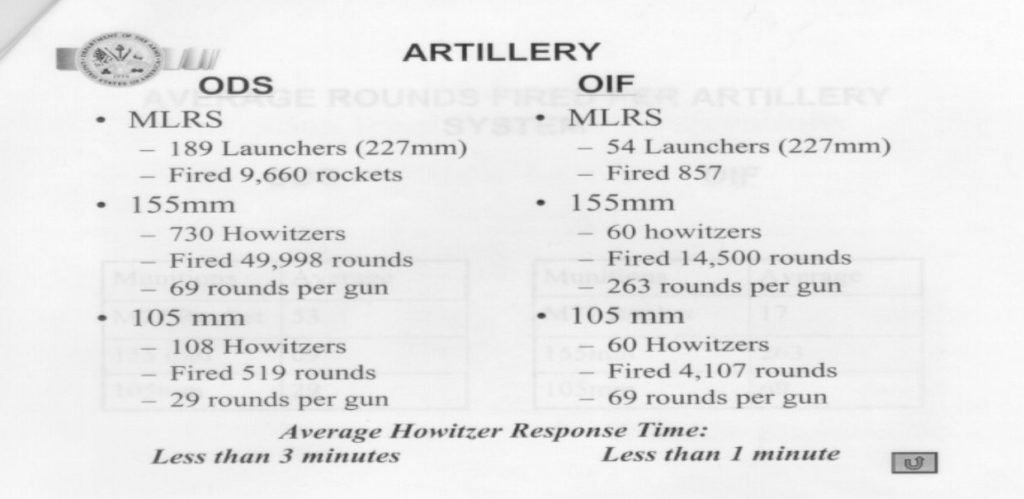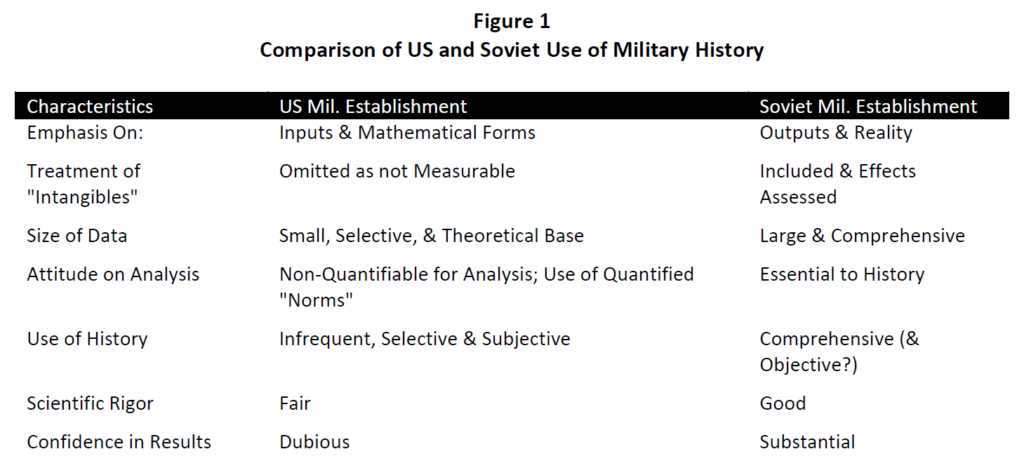
In a previous post, I critiqued the existing U.S. Army doctrinal method for calculating combat power. The ideas associated with the term “combat power” have been a part of U.S Army doctrine since the 1920s. However, the Army did not specifically define what combat power actually meant until the 1982 edition of FM 100-5 Operations, which introduced the AirLand Battle concept. So where did the Army’s notion of the concept originate? This post will trace the way it has been addressed in the capstone Field Manual (FM) 100-5 Operations series.
As then-U.S. Army Major David Boslego explained in a 1995 School of Advanced Military Studies (SAMS) thesis[1], the Army’s original idea of combat power most likely derived from the work of British military theorist J.F.C. Fuller. In the late 1910s and early 1920s, Fuller articulated the first modern definitions of the principles of war, which he developed from his conception of force on the battlefield as something more than just the tangible effects of shock and firepower. Fuller’s principles were adopted in the 1920 edition of the British Army Field Service Regulations (FSR), which was the likely vector of influence on the U.S. Army’s 1923 FSR. While the term “combat power” does not appear in the 1923 FSR, the influence of Fullerian thinking is evident.
The first use of the phrase itself by the Army can be found in the 1939 edition of FM 100-5 Tentative Field Service Regulations, Operations, which replaced and updated the 1923 FSR. It appears just twice and was not explicitly defined in the text. As Boslego noted, however, even then the use of the term
highlighted a holistic view of combat power. This power was the sum of all factors which ultimately affected the ability of the soldiers to accomplish the mission. Interestingly, the authors of the 1939 edition did not focus solely on the physical objective of destroying the enemy. Instead, they sought to break the enemy’s power of resistance which connotes moral as well as physical factors.
This basic, implied definition of combat power as a combination of interconnected tangible physical and intangible moral factors could be found in all successive editions of FM 100-5 through 1968. The type and character of the factors comprising combat power evolved along with the Army’s experience of combat through this period, however. In addition to leadership, mobility, and firepower, the 1941 edition of FM 100-5 included “better armaments and equipment,” which reflected the Army’s initial impressions of the early “blitzkrieg” battles of World War II.
From World War II Through Korea
While FM 100-5 (1944) and FM 100-5 (1949) made no real changes with respect to describing combat power, the 1954 edition introduced significant new ideas in the wake of major combat operations in Korea, albeit still without actually defining the term. As with its predecessors, FM 100-5 (1954) posited combat power as a combination of firepower, maneuver, and leadership. For the first time, it defined the principles of mass, unity of command, maneuver, and surprise in terms of combat power. It linked the principle of the offensive, “only offensive action achieves decisive results,” with the enduring dictum that “offensive action requires the concentration of superior combat power at the decisive point and time.”
Boslego credited the authors of FM 100-5 (1954) with recognizing the non-linear nature of warfare and advising commanders to take a holistic perspective. He observed that they introduced the subtle but important understanding of combat power not as a fixed value, but as something relative and interactive between two forces in battle. Any calculation of combat power would be valid only in relation to the opposing combat force. “Relative combat power is dynamic and can be directly influenced by opposing commanders. It therefore must be analyzed by the commander in its potential relation to all other factors.” One of the fundamental ways a commander could shift the balance of combat power against an enemy was through maneuver: “Maneuver must be used to alter the relative combat power of military forces.”
[As I mentioned in a previous post, Trevor Dupuy considered FM 100-5 (1954)’s list and definitions of the principles of war to be the best version.]
Into the “Pentomic Era”
The 1962 edition of FM 100-5 supplied a general definition of combat power that articulated the way the Army had been thinking about it since 1939.
Combat power is a combination of the physical means available to a commander and the moral strength of his command. It is significant only in relation to the combat power of the opposing forces. In applying the principles of war, the development and application of combat power are essential to decisive results.
It further refined the elements of combat power by redefining the principles of economy of force and security in terms of it as well.
By the early 1960s, however, the Army’s thinking about force on the battlefield was dominated by the prospect of the use of nuclear weapons. As Boslego noted, both FM 100-5 (1962) and FM 100-5 (1968)
dwelt heavily on the importance of dispersing forces to prevent major losses from a single nuclear strike, being highly mobile to mass at decisive points and being flexible in adjusting forces to the current situation. The terms dispersion, flexibility, and mobility were repeated so frequently in speeches, articles, and congressional testimony, that…they became a mantra. As a result, there was a lack of rigor in the Army concerning what they meant in general and how they would be applied on the tactical battlefield in particular.
The only change the 1968 edition made was to expand the elements of combat power to include “firepower, mobility, communications, condition of equipment, and status of supply,” which presaged an increasing focus on the technological aspects of combat and warfare.
The first major modification in the way the Army thought about combat power since before World War II was reflected in FM 100-5 (1976). These changes in turn prompted a significant reevaluation of the concept by then-U.S. Army Major Huba Wass de Czege. I will tackle how this resulted in the way combat power was redefined in the 1982 edition of FM 100-5 in a future post.
Notes
[1] David V. Boslego, “The Relationship of Information to the Relative Combat Power Model in Force XXI Engagements,” School of Advanced Military Studies Monograph, U.S. Army Command and General Staff College, Fort Leavenworth, Kansas, 1995.


 Armies have historically responded to the increasing lethality of weapons by dispersing mass in frontage and depth on the battlefield. Will combat see a new period of adjustment over the next 50 years like the previous half-century, where dispersion continues to shift in direct proportion to increased weapon range and precision, or will there be a significant change in the character of warfare?
Armies have historically responded to the increasing lethality of weapons by dispersing mass in frontage and depth on the battlefield. Will combat see a new period of adjustment over the next 50 years like the previous half-century, where dispersion continues to shift in direct proportion to increased weapon range and precision, or will there be a significant change in the character of warfare?








